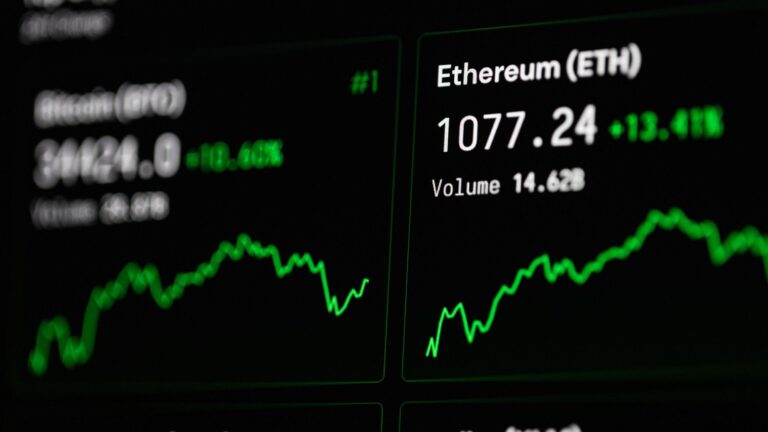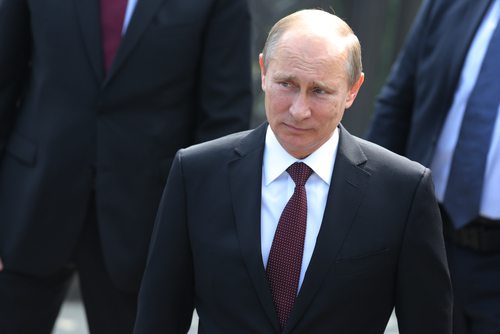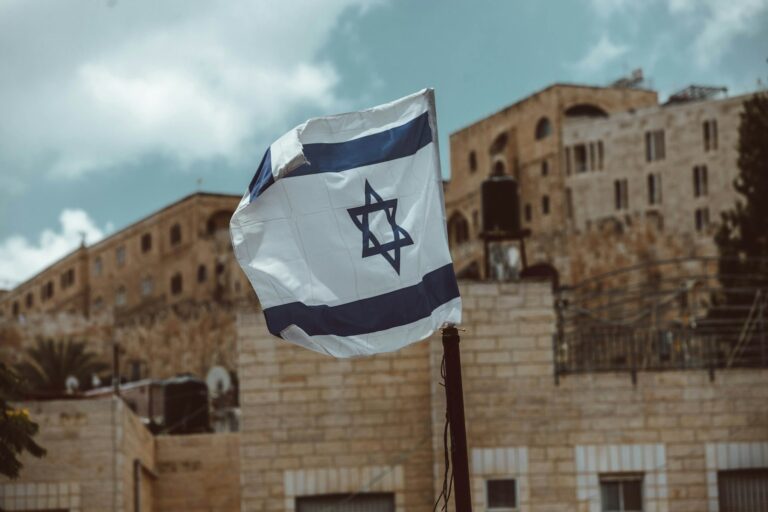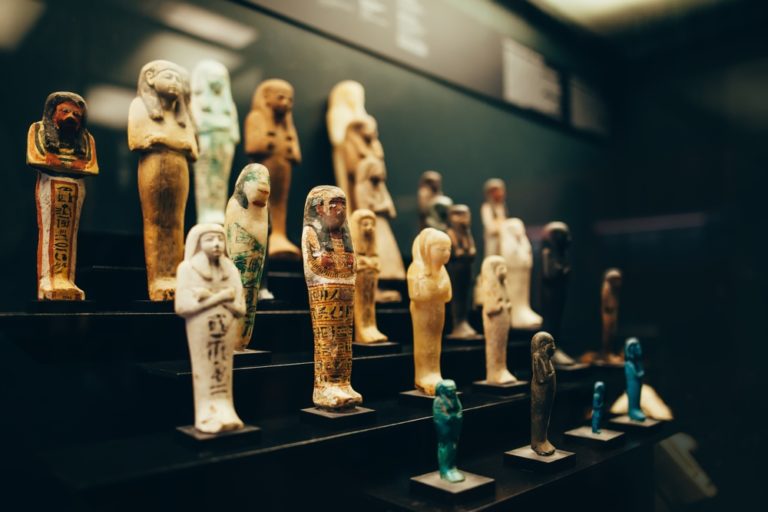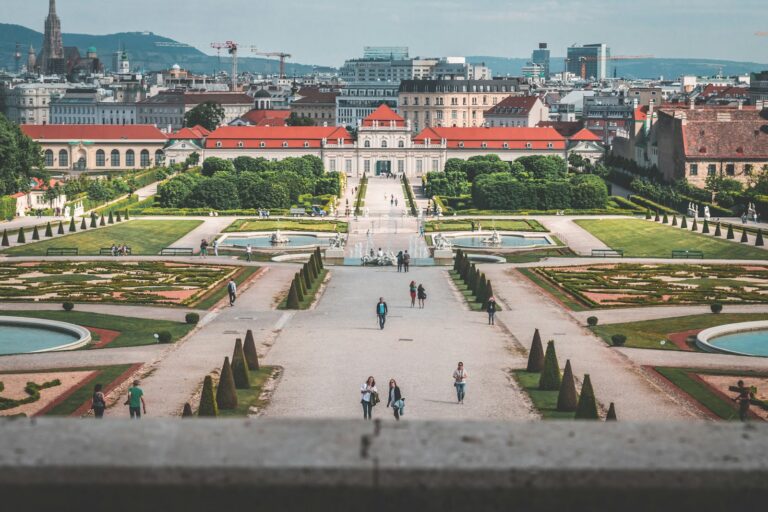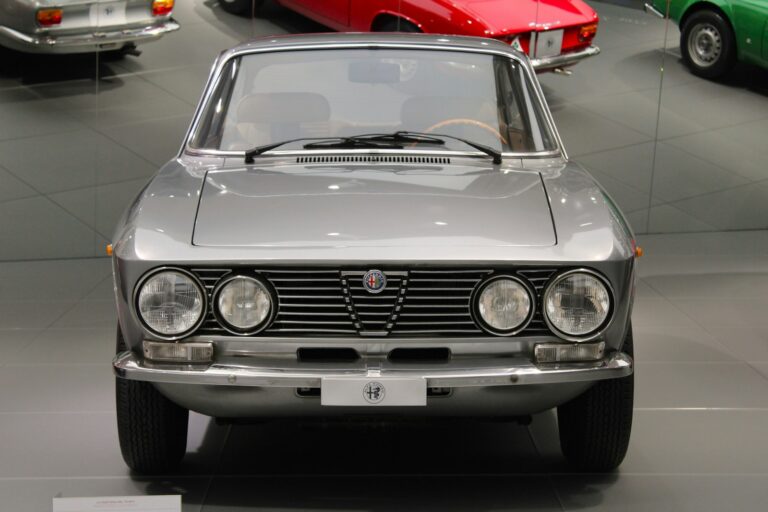Key Takeaways:
– Ethereum showed a downward correction from the high of $2,720.
– The cryptocurrency is currently trading below $2,650 and could find buyers around $2,600.
– Ethereum’s price needs to remain above $2,600 to spur further growth in the short term.
– Furthermore, there is a noticeable bearish trend line with resistance around $2,650.
– If Ethereum can breach the $2,720 resistance, we could see an upswing towards the $2,840 resistance zone.
Downward Pressure on Ethereum Intensifies
Ethereum’s price recently experienced a cut in its gains following an upsurge above the $2,650 level. Furthermore, the popular cryptocurrency also surpassed the pricey tag of $2,700, garnering attention from bears and sparking the downward correction. Ethereum sustained an intraday high of $2,728 before this correction, paralleling a similar trend displayed by Bitcoin.
This correction phase led the virtual coin below the $2,700 and $2,650 levels, and it is currently trading below the 100-hourly Simple Moving Average. Pertinently, the coin has slid below the 50% Fibonacci retracement level from the upswing at $2,554 to an optimistic high of $2,728.
Potential Support and Resistance Levels
Interestingly, Ethereum’s price also has the potential to find buyers around $2,600 or even the 76.4% Fibonacci retracement level from the $2,554 low to the $2,728 high. On the other hand, the cryptocurrency seems to encounter resistance around the $2,650 mark.
Moreover, a bearish trend line with resistance at $2,650 is forming on the ETH/USD hourly chart. The next crucial resistance level resides near the $2,685 mark, followed by a further barrier aligned at $2,720.
A Possible Upswing
If Ethereum manages to punch its way through the $2,720 obstruction, it could prompt an upward wave in the following sessions. In such a scenario, Ethereum could fly towards the $2,840 resistance zone in the near future. After that, the next hurdles are anticipated near the $2,880 mark and the $2,920 zone.
Downhill Risk?
However, if Ethereum stumbles against the $2,650 resistance level, it could maintain a downward trajectory. The first significant support on the lowering scale is near the $2,600 mark, while a more formidable support appears near the $2,550 area.
If Ethereum plunges below the $2,550 support, it might send the price tumbling towards $2,520. Further losses could possibly push towards the $2,450 support level in the imminent future. The subsequent crucial support lies waiting at $2,365.
Technical Indicators Analysis
From a technical standpoint, the Moving Average Convergence Divergence (MACD) for ETH/USD is accelerating in the bearish zone. At the same time, the Relative Strength Index (RSI) for ETH/USD is currently lurking below the 50 zone, suggesting bearish momentum is on the rise. As such, the major support and resistance levels for Ethereum assess at $2,600 and $2,650, respectively.
Overall, while Ethereum price has trimmed its gains, there’s still potential for an uptrend if it manages to clear the key resistance levels. However, there’s always a risk of more significant losses if it fails to do so. As a result, potential investors should keep a close eye on the aforementioned support and resistance levels.
